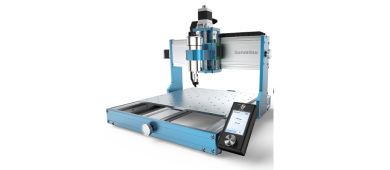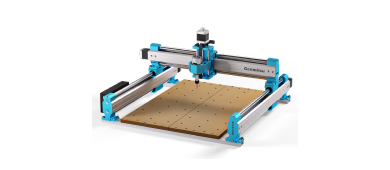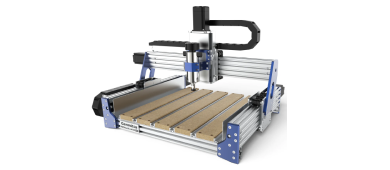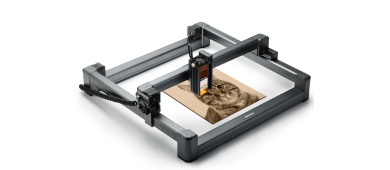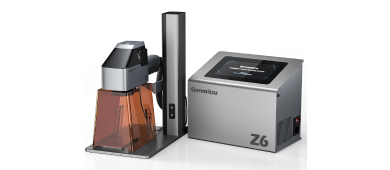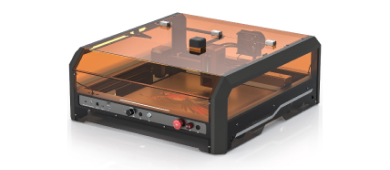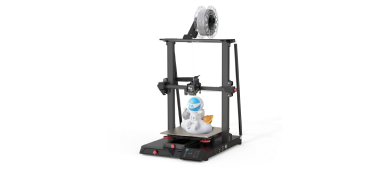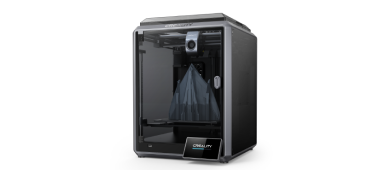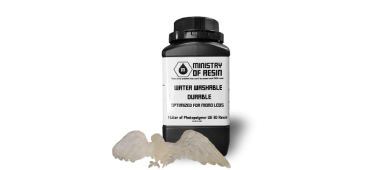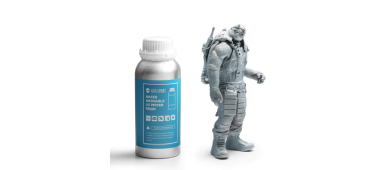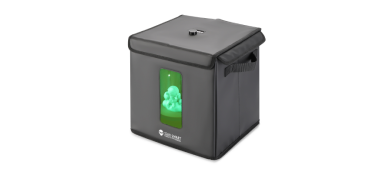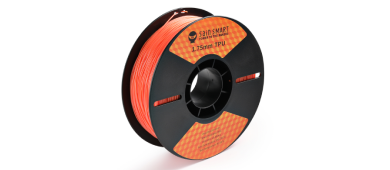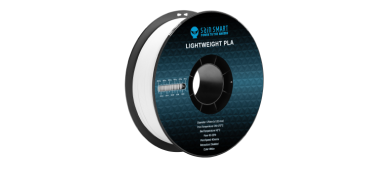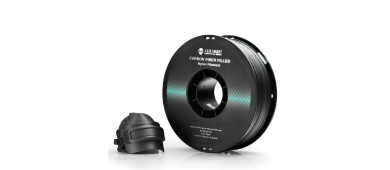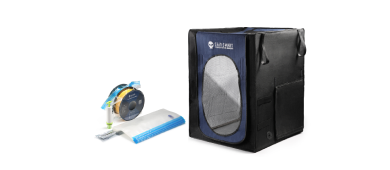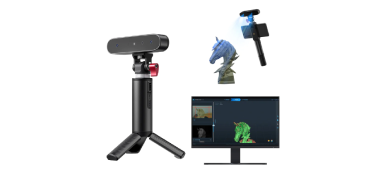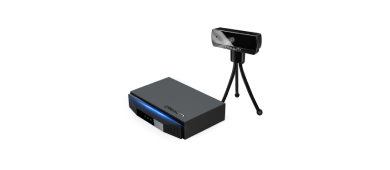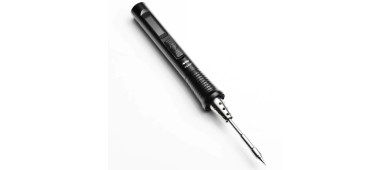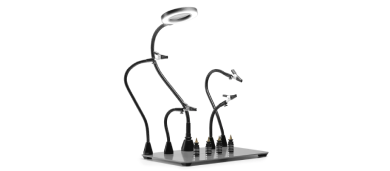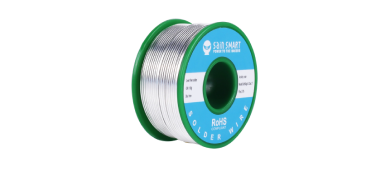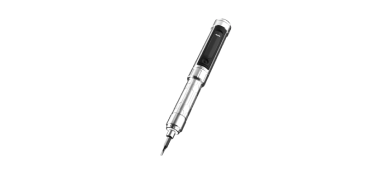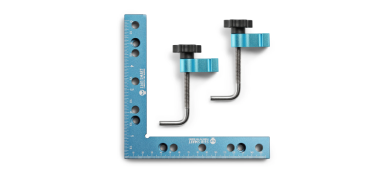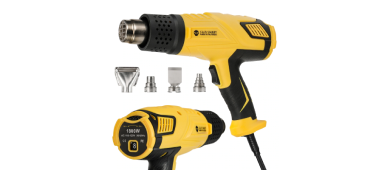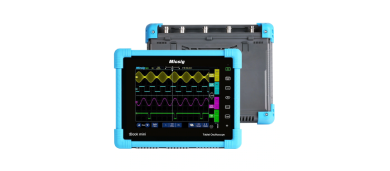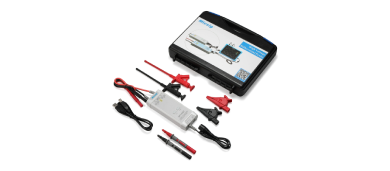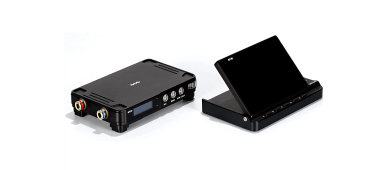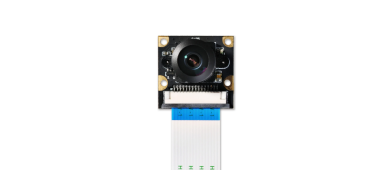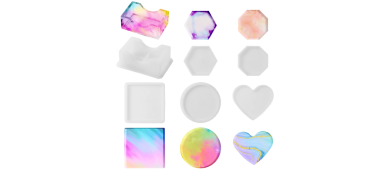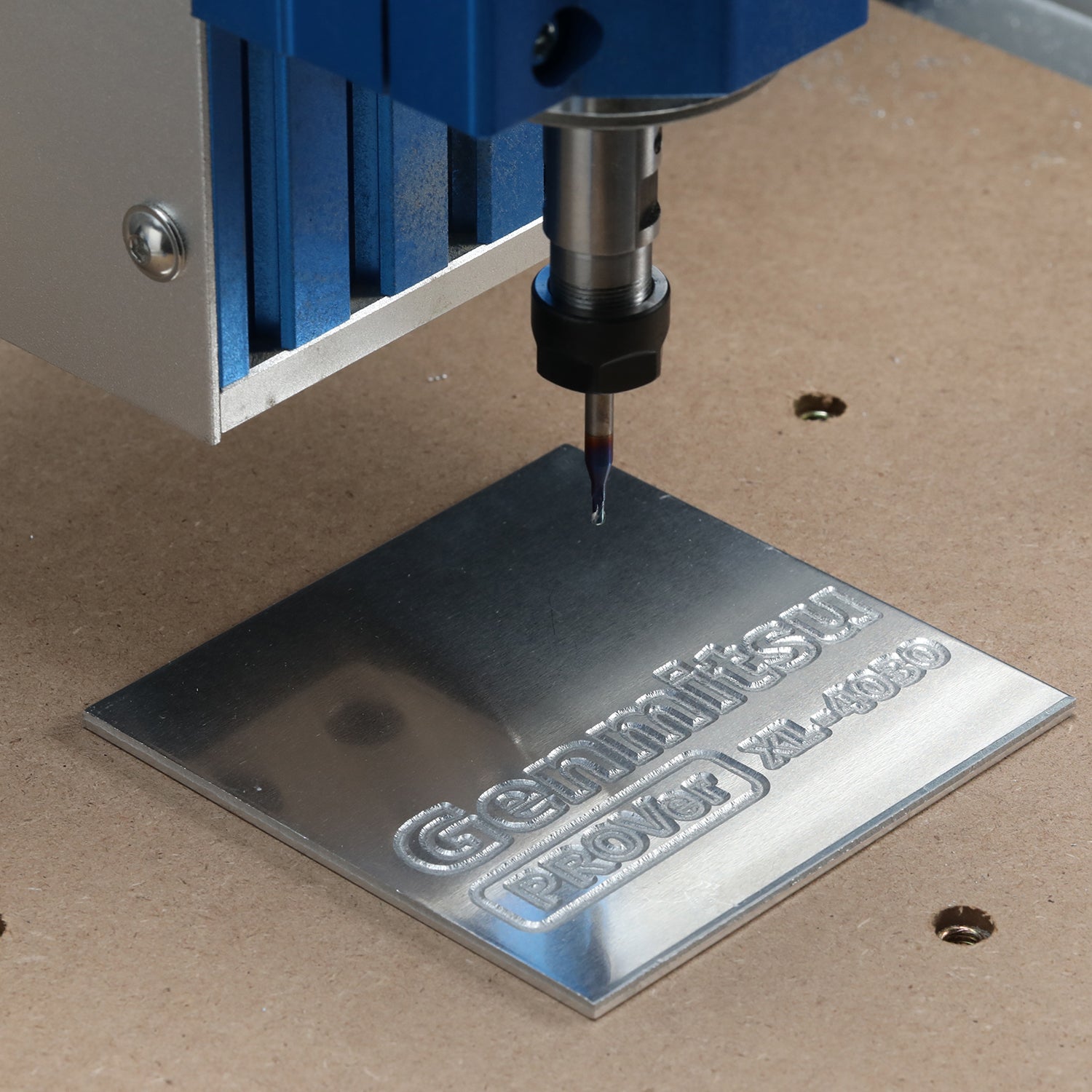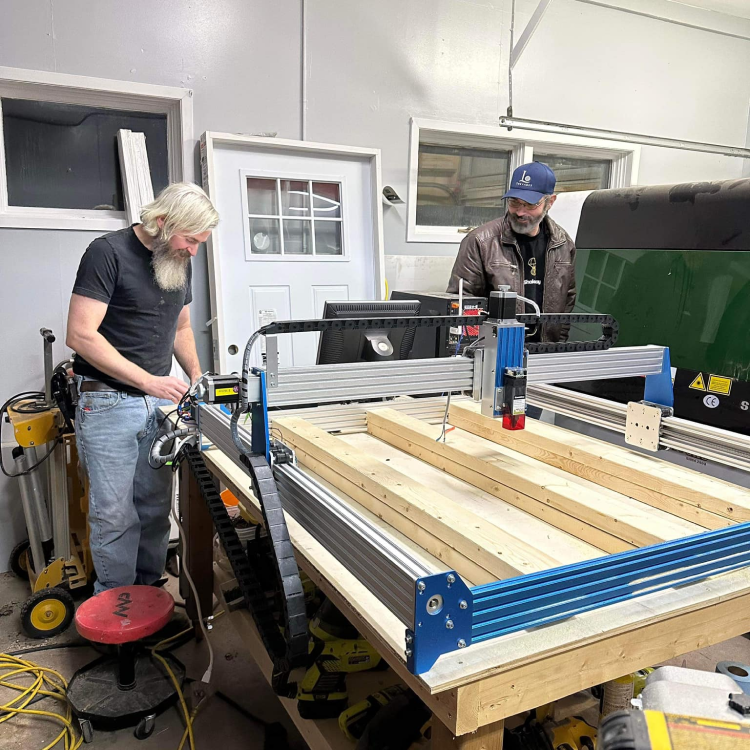written by Dennis Heinze, excerpt from hardwarepoint.
There has already been talking in several chapters about the 3018 PRO DIY, which we have upgraded with a laser.
This was our first point of contact with lasers and since then we have implemented a number of projects. The learning curve is steep, and you get good results quickly, unlike what may be the case with milling. The fact that the 3018 PRO DIY is designed as a milling machine is evident from the construction. Workpiece table, movement of the axes with force-absorbing spindles. Of course, a machine developed for pure laser can omit all this because it never touches the workpiece.
Hence the high feed rates of up to 10,000 mm/min on the Genmitsu LC-40, because the pure laser head does not weigh much. With the 3018 PRO DIY, for example, the entire table must be accelerated and decelerated in Y. Maximum values of 2500 mm/min can still be achieved here, but the machine feels more comfortable in regions around 2000 mm/min.




Of course, the design also stands out. Where the 3018 PRO DIY already looks very much like DIY, the LC-40 laser looks like a high-end device. For this purpose, the working range has been almost tripled with a low, external magnification. The system with linear guides and belt drive does not require a backlash nut or, in general, no play in the drive due to the design. However, the 3018 PRO has no software-based adjustment of the Z-axis, which is also a real air assist using a nozzle and compressor.
Air Assist
The LC-40 has air assist via a 40mm fan and air baffle which ensures smoke is blown out to the rear. This happens more with a certain volume flow than with pressure. I had already applied the same principle to the 3018-PRO DIY using an 80 mm Noctua fan and was able to notice a significant increase in the efficiency of the laser and the result.
However, SainSmart also offers an air assist system with nozzle attachment (only $54.99) including a compressor for some of its lasers. Unfortunately, the LC-40 is not supported, but the LE-1620, LC-60A, and the laser module on our 3018-PRO DIY are.






The box contains the air compressor, the nozzle for the laser, a silicone hose, two adapters for the different machines and their controllers (one only reverses the polarity), an Allen key, but no instructions. The enclosed paper refers only to disposal. However, the assembly is actually self-explanatory. After the nozzle has been fixed to the laser with two grub screws (we recommend cleaning the lens beforehand with alcohol and a cotton swab), you only have to lay the hose and connect it to the compressor. With the LE-1620 or our laser module, power must be fed in via a separately purchased 12 V power supply unit. The LC-60A has an extra connection on the mainboard for this purpose and can therefore even be controlled via software. With us, unfortunately, only manually.




In the penultimate picture of the gallery, you can not only see the advantages of such an Air Assist in the top three rows. No traces of fire or smoke, compared to the lower rows of the LC-40 with Air Assist light through the 40 mm fan. You can also see the laser beam rotated by 90° on the lower boxes, since the upward sides are significantly thinner than the horizontal lines.
When it comes to cutting, an Air Assist is almost mandatory - because this is the only way to cut out fine details without burning them. The lines on the following picture are only very narrow and would almost no longer exist without them or would only consist of coal, 1€ coin as a size comparison. This is exactly the advantage of the 3018 PRO DIY, because the DIY character also allows extensions and self-made upgrades to be implemented, which are not possible with the LC-40.

Depending on the project, it may of course also be desired to create such burn marks, but in general, the finer and the more you want to cut, the more important it is to have a real Air Assist. That doesn't mean that you can't also cut wood with the LC-40 can - see the map of Hamburg, but one must be aware that there is always a certain amount of burn marks, which may entail reworking.
A second comparison of the welcome sign, on the right with Air Assist and in the middle also only with Air Assist Light, blowing on the workpiece with a Noctua fan. The welcome totally charred due to the power acting on a small area. In the shield on the right, this is even smaller, but thanks to the active and focused cooling, there are no traces of smoke.

The increase in effectiveness should also be mentioned. By constantly blowing out smoke and burned-off material, the laser works much more efficiently on the workpiece. With the same performance I was able to increase the feed by about 1/3 with the same result. The power consumption of the compressor is approx. 11 W maximum and approx. 4W in the middle position.
Ultimately, no clear purchase recommendation can be made between the 3018 PRO DIY Laser with Air Assist and the LC-40, as it always depends on the personal application. Both cost about the same. If you want to focus more on cutting, an Air Assist is definitely a must. Possibly then rather look at an LC-60A. In all other operations, the LC-40 has the edge. If it's mainly about engraving, then the elegant design, the large installation space and the significantly increased driving speed are unbeatable. Not to forget the app control, which above all makes it quick and easy to implement simple or, ideally, repetitive projects.
Read more on Harewarepoint


